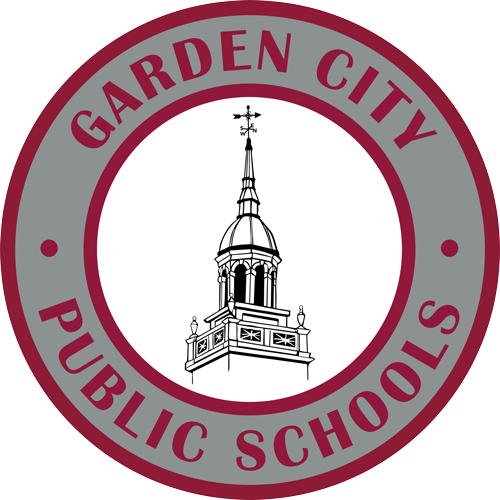2nd Grade Social Studies
Grade 2: My Community and Other Communities
In second grade, students explore the concept of community, focusing on their own community. They learn how communities meet people's needs through government, economy, and services. Students examine the roles people play in their communities, why we have laws, and how people work together to make their neighborhoods better.
Social Studies Practices:
Gathering and Using Evidence:
Students examine community maps, photographs, and conduct interviews with local leaders or community members to learn about different places. For example, students might study a map of their neighborhood to identify schools, stores, and parks, and interview a local firefighter about their job and the role of fire stations in the community.Chronological Reasoning:
Students explore how their community has changed over time by looking at historical images. They may examine old photographs of their town or city to identify differences in architecture, transportation, and community services, helping them understand how communities evolve and grow.Comparison and Contextualization:
Students compare urban, suburban, and rural communities by researching and discussing the characteristics of each type of community. For example, they may compare the characteristics of a large city (urban), a small town (suburban), and a countryside area (rural), looking at differences in transportation, population, and available services.Geographic Reasoning:
Students use maps to identify important places in their community, such as schools, fire stations, and parks. For example, they might create a map of their neighborhood, marking key locations, and learn about how different places in the community serve different functions.Civic Participation:
Students learn about local government and how citizens contribute to their community. For instance, students might discuss the role of local elections, how citizens vote, and participate in community events like a park clean-up or organizing a food drive, demonstrating active participation and responsibility in their community.
